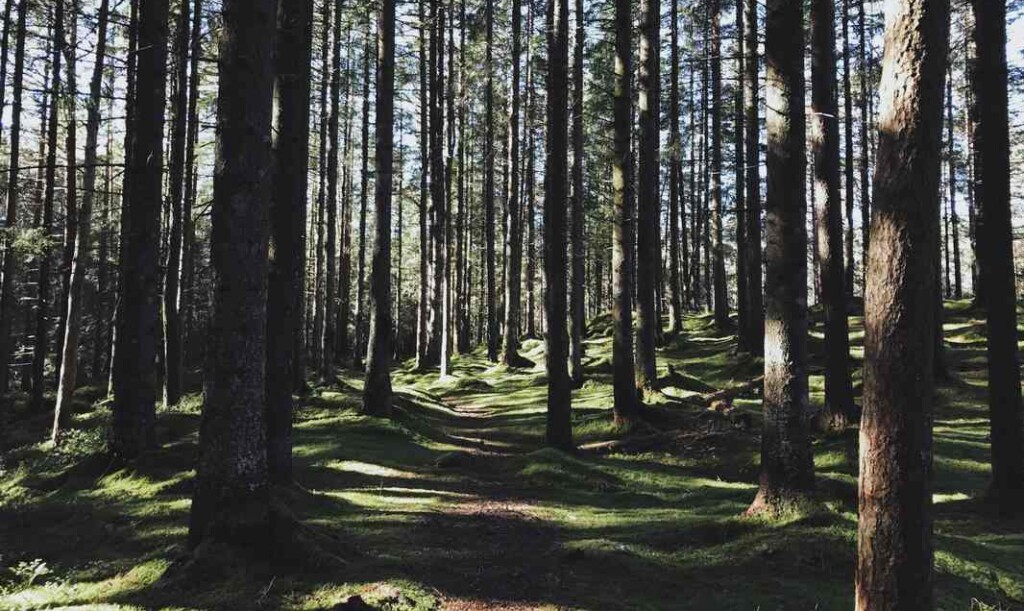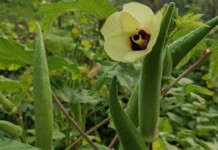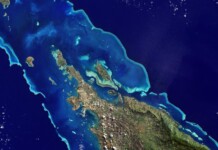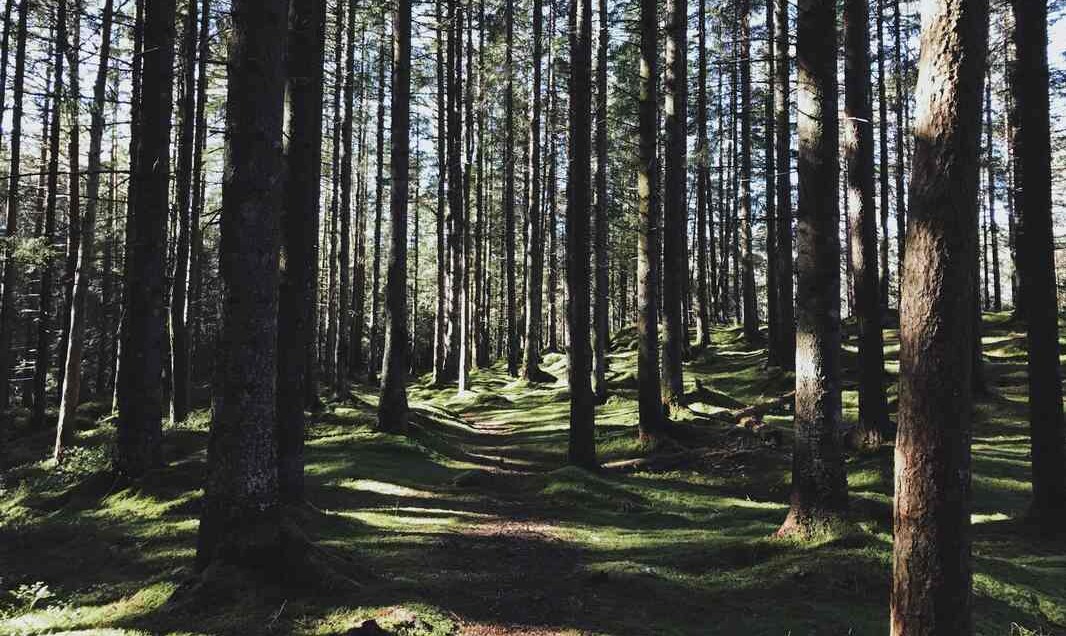
Over the course of the last hundred years, Norwegian forests have tripled in size according to a new report.
They have doubled in size in just the last 40 years, which the report claims is because of more CO2 and warmer temperatures in Norway than in previous decades.
Published by Statistics Norway, the survey is the 11th national land forest inventory to be conducted in the country, which achieved full independence from Sweden in 1905. The news outlet Forskning claims that Norway was the first nation-state on Earth to conduct such a survey—that measured forest cover by cubic meters of tree trunks.
Today there are over 1 billion cubic meters, or about one-30th of the water volume of Lake Mead (whether that helps with perspective at all) in Norway.
The survey from Statistics Norway shows that forest growth continued for the whole of the 20th and much of the 21st century, but has begun tapering off as spruce saplings planted by schoolchildren in the 1960s are now fully mature and beginning in some cases to die or be logged.
TREES TREES AND MORE TREES:
- Couple Plants 2 Million Trees in 20 Years to Turn Destroyed Forest Back Into a Wildlife Haven
- Tree-Loving Brits Crowdsource a National ‘Ancient Tree Inventory’ – 200,000 Unique Trees
- Leslie Dart has Planted 372,290 Trees Across Canada Over the Past 3 Summers and Inspired So Many Others
- Genius UK Business Uses Christmas Trees to Protect the Region From Flooding
“We have also had very good growth conditions for the forest over the past 10-20 years. There have been higher temperatures and longer summers,” Rasmus Astrup head of research at the firm NIBIO, told forskning.no.
Of the 47 million metric tons of CO2 that Norway released into the atmosphere last year, 18 million were taken up by the forests. But as more of the trees born in the 1940s, ’50s, and ’60s reach maturity, their efficiency at pulling this CO2 out will drop.
Forests provide just about everything a modern 21st-century society needs. They are fonts of raw materials, landscape engineers that keep the most nutrient-dense soils from washing away into the sea, breeding grounds for biodiversity that can be harvested for food, pharmaceuticals, and more, and they offer the key in a human’s mind to the door into our past—when we lived wild lives and depended on the landscape for everything.
As such they are endless sources of recreation and, quite simply, the perfect tool for the management of stress during a time when our wild brains have to cope with the pressures of the modern world.
SHARE This Incredible Progress On Forest Cover With Your Friends…




















